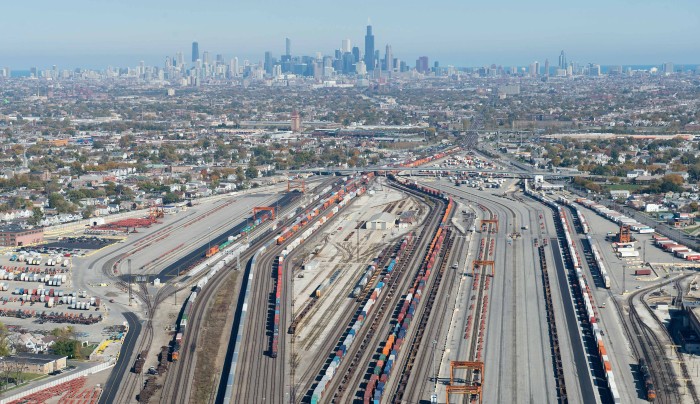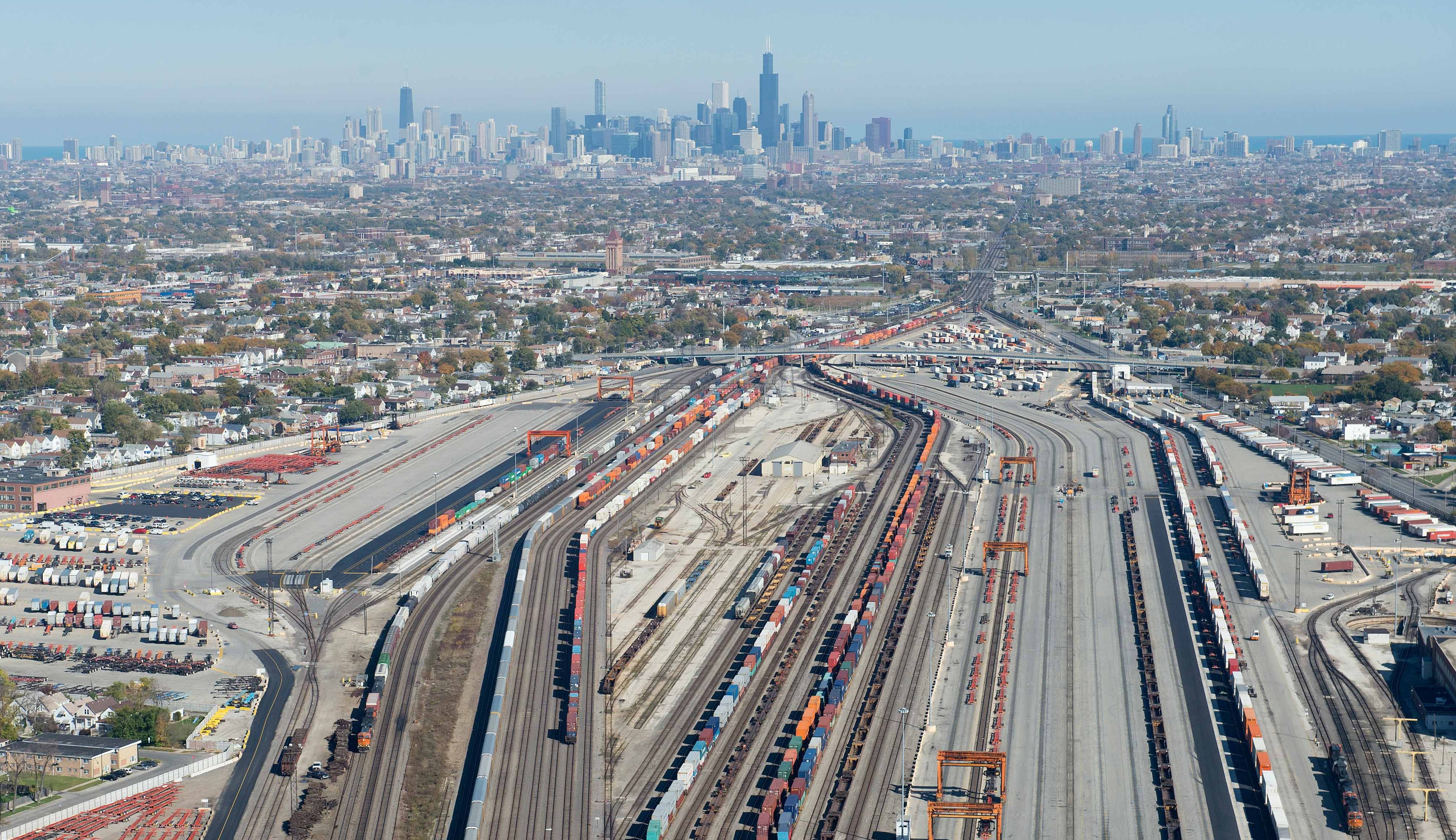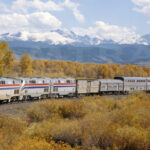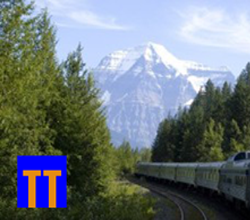Fixing the Chicago Bottleneck.

Chicago has always been a railroad town with, as far as I know, more rail activity than any other U.S. city. For decades, passenger trains left Chicago and headed off in every direction. And, of course, the same trains arrived in Chicago arriving from every direction. Passenger rail ain’t what it used to be, but even today, Amtrak alone has a couple of dozen trains in and out of Chicago’s Union Station every day. And then there are all the Metra commuter trains.
Add literally hundreds of freight trains to all of that activity and you end up with congestion even under ideal conditions. Now add bitter cold or heavy snow to the mix and suddenly you have a huge problem. The net result is that all rail traffic is delayed—both passenger and freight— whether going to or coming from or just trying to get through Chicago.
The situation is more urgent for Amtrak than the other railroads because of its human cargo, but the on-time-performance for many of their long-distance trains has been just awful. Last time I took the Lake Shore Limited to Chicago, we were 20 minutes late out of South Bend, but lost an additional two hours over the 80 miles between there and Chicago.
For all these reasons, a blue-ribbon panel was created by Amtrak and commissioned to identify the problems and come back with recommendations. Many of their findings, which most “civilians” would find shocking, were already well known to railroaders. For instance, trains operated by each of the several railroads passing through Chicago are all controlled by that particular railroad’s dispatchers. So when a Union Pacific freight leaves its own tracks and crosses onto tracks owned by BNSF, the engineer of that train is handed off from the UP dispatcher to the BNSF dispatcher.
Imagine, if you will, what it would be like if that system were applied to commercial aviation and the movements of each plane landing and taking off at O’Hare would only be directed by an air traffic controller working for that individual airline.
And that’s just one of the problems with which this panel has wrestled. Give ‘em credit, though, because they’ve come up with recommendations for dealing with a long list of challenges that need to be fixed before rail traffic can move smoothly through Chicago. The last and by far the biggest of those challenges: Who’s going to pay for it all?




I attended that conference in Chicago on 1 October, where Boardman explained the hard facts. In addition to pointing out what O’Hare (ORD) would be like if each airline dispatched their own flights, the growing cost to the economy is incomprehensible. Although a freight from the west coast arrives in Chicago 48 hours later, it can take 33 hours to make it thru Chicago and hand-off to the next carrier. We are rapidly depressing our mobility–intercity passenger, commuter and freight; thus, killing any potential for economic growth.
What should really concern us is how do we concomitantly finance the equally important infrastructure needs for the Chicago Gateway, NY Hudson River tunnels, and the Northeast Corridor’s overall bridge and tunnel infrastructure, when we are already in hock to China for $20Billion+? Let us not forget that as a result of Congress intruding into the marketplace by mandating our railroads to self-pay the construction and maintenance of Positive Train Control (unlike the publicly financed safety systems for the private airlines), the railroads will not be flushed with extra capital dollars to invest in these projects.
Frankly, this is where we should all study up on Fiorello LaGuardia to understand what he meant in his reference to politicians, when he said, “I could run on a laundry ticket and beat them!” Instead of the lobbyist financed Congress picking winners and losers in transportation, we need to identify and expunge the waste to generate funding for these sorely needed infrastructure projects. I would start with the $300Million provide to the Essential Air Service program for village airports that are just down the road from a major airport; establish tolls on the interstate highways; increase tax on gasoline indexed to inflation/cost of living adjustments; create tax abatements for the railroads to invest in their own infrastructure to improve to accommodate passenger services.
We must also face the mirror and conclude that other than California, Texas, and Florida, we do not have the deep pockets to accommodate the dreams of high-speed rail, particularly now with our states and federal government on the economic precipice. Caveat–just around the corner, Congress intends to privatize the FAA, but only after it funds the requisite $40Billion to improve the radar system.
I hope the point has been made that restoring the Sunset Limited service from New Orleans to Florida would help with the Chicago bottleneck by again making it possible to go cross country on the train without going through Chicago!
It is possible to cross the country without going through Chicago by taking the Crescent to New Orleans and connecting there with the Sunset Limited. But you are quite right that a restoration of Orlando-New Orleans service would be a much better routing for many people in the South. An obvious omission on my part … and my thanks for pointing it out.